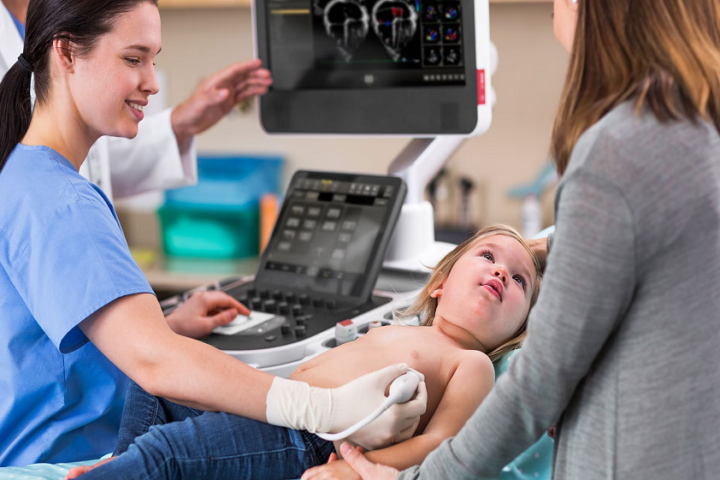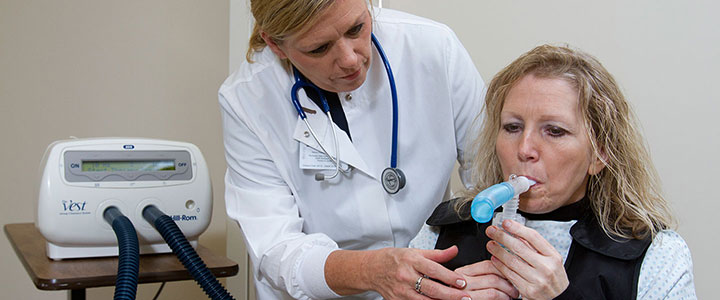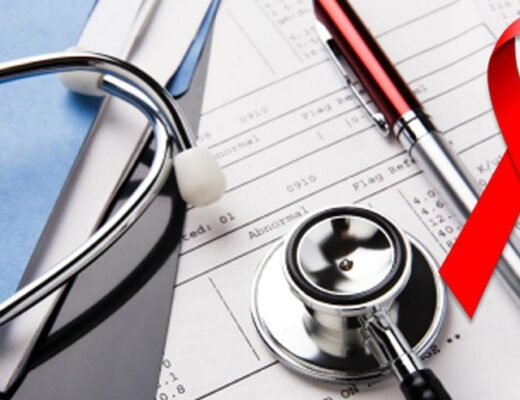Paediatric radiology is a specialized branch of medicine that focuses on using medical imaging techniques to diagnose and treat diseases and conditions in children. Medical imaging plays a vital role in paediatric healthcare, providing valuable insights into a child’s anatomy, detecting abnormalities, and guiding medical interventions.
In this blog post, we will explore the significance of paediatric radiology and highlight the importance of medical imaging for kids.
-
Non-Invasive Diagnostic Tool
Medical imaging techniques such as X-rays, ultrasounds, computed tomography (CT) scans, and magnetic resonance imaging (MRI) offer non-invasive methods to visualize internal structures of the body. For children, who may have difficulty expressing their symptoms or undergoing invasive procedures, medical imaging provides a valuable diagnostic tool. It allows healthcare professionals to assess the presence and extent of various conditions without the need for extensive interventions.
-
Accurate Diagnosis and Treatment Planning
Accurate diagnosis is essential for effective treatment planning, especially in children with complex medical conditions. Paediatric radiology plays a crucial role in providing detailed images that help healthcare professionals identify abnormalities, assess the severity of diseases, and determine appropriate treatment strategies. By visualizing internal structures and identifying specific areas of concern, medical imaging enables healthcare providers to tailor treatment plans that are precise and tailored to each child’s needs.
-
Monitoring Disease Progression and Treatment Response
In paediatric healthcare, medical imaging is not only valuable for initial diagnosis but also for monitoring disease progression and evaluating treatment response. Repeat imaging allows healthcare professionals to track changes in the child’s condition over time, assess the effectiveness of treatment, and make necessary adjustments when required. Regular imaging examinations provide crucial information that guides ongoing care, ensuring that children receive the most appropriate and timely interventions.
-
Minimizing Radiation Exposure
Radiation exposure is a concern in medical imaging, particularly for children who are more sensitive to the effects of radiation. Paediatric radiologists prioritize minimizing radiation exposure while obtaining diagnostic images of high quality. They adhere to strict guidelines and protocols to ensure that imaging procedures are performed with the lowest possible radiation dose without compromising diagnostic accuracy. Alternative imaging modalities, such as ultrasound and MRI, are preferred when appropriate to reduce radiation exposure in children.
-
Sedation and Comfort
Children may experience anxiety or difficulty remaining still during imaging procedures, which can impact the quality of images obtained. Paediatric radiology takes into consideration the unique needs of children and provides a child-friendly environment. Radiology departments often have dedicated child life specialists who help alleviate fears and anxieties, making the imaging experience more comfortable for children. In some cases, sedation or anesthesia may be utilized to ensure the child’s cooperation and safety during the procedure.
-
Collaboration with Multidisciplinary Teams
Paediatric radiologists work closely with a multidisciplinary team of healthcare professionals to ensure comprehensive care for children. They collaborate with paediatricians, surgeons, oncologists, and other specialists to interpret imaging findings and contribute to treatment planning. The integration of medical imaging results into the broader context of a child’s healthcare allows for more informed decision-making and better coordination of care.
-
Advances in Paediatric Radiology
Advancements in technology and techniques continue to enhance the field of paediatric radiology. Pediatric-specific imaging protocols, tailored to the unique needs of children, are continuously developed to improve imaging quality while reducing radiation exposure. Additionally, innovations such as 3D imaging, advanced MRI sequences, and interventional radiology procedures have expanded the capabilities of paediatric radiology, providing more precise diagnostics and minimally invasive treatment options for children.
Conclusion
Paediatric radiology plays a crucial role in paediatric healthcare, offering non-invasive imaging techniques that aid in accurate diagnosis, treatment planning, and monitoring of diseases and conditions in children. By prioritizing the safety, comfort, and specific needs of children, paediatric radiologists contribute to providing optimal care and improving outcomes. Continued advancements in the field will further enhance the capabilities of paediatric radiology, ensuring that children receive the highest standard of imaging-based care.




